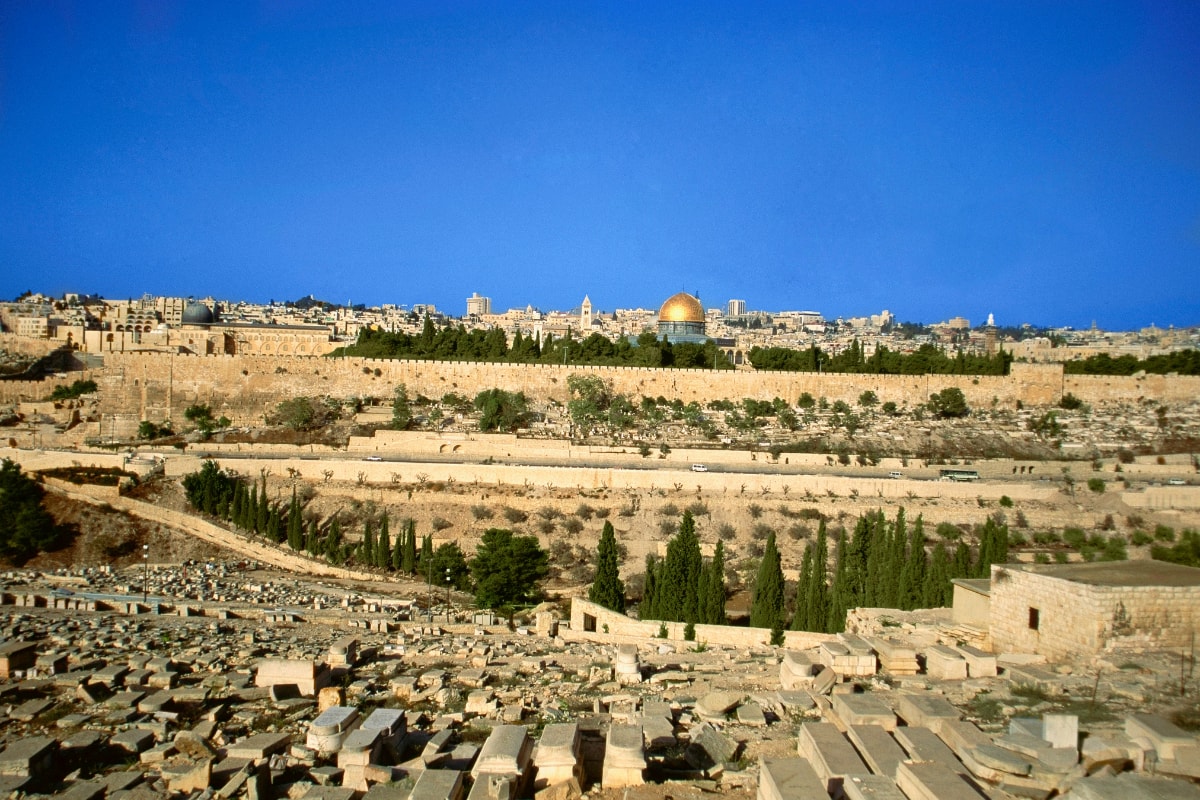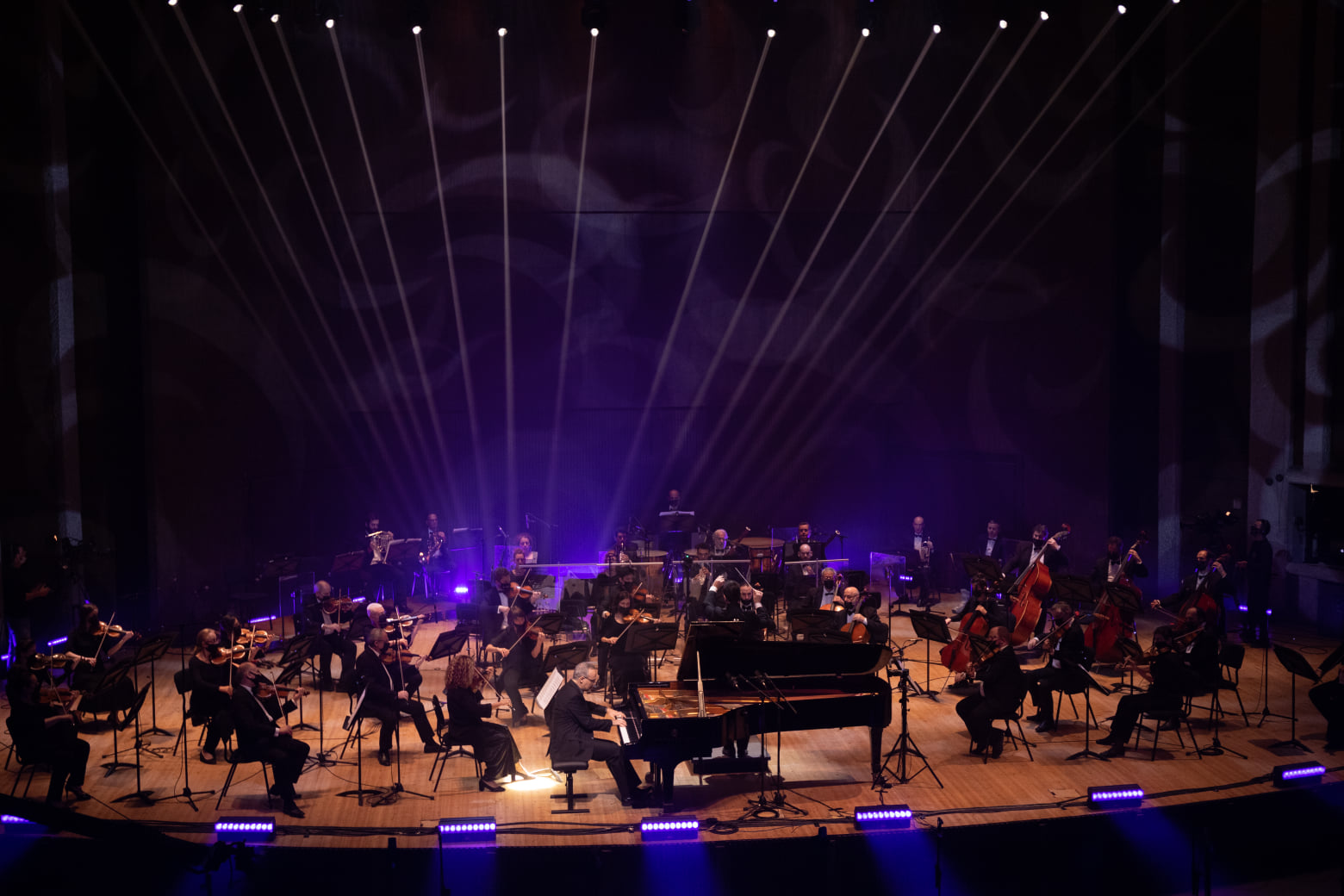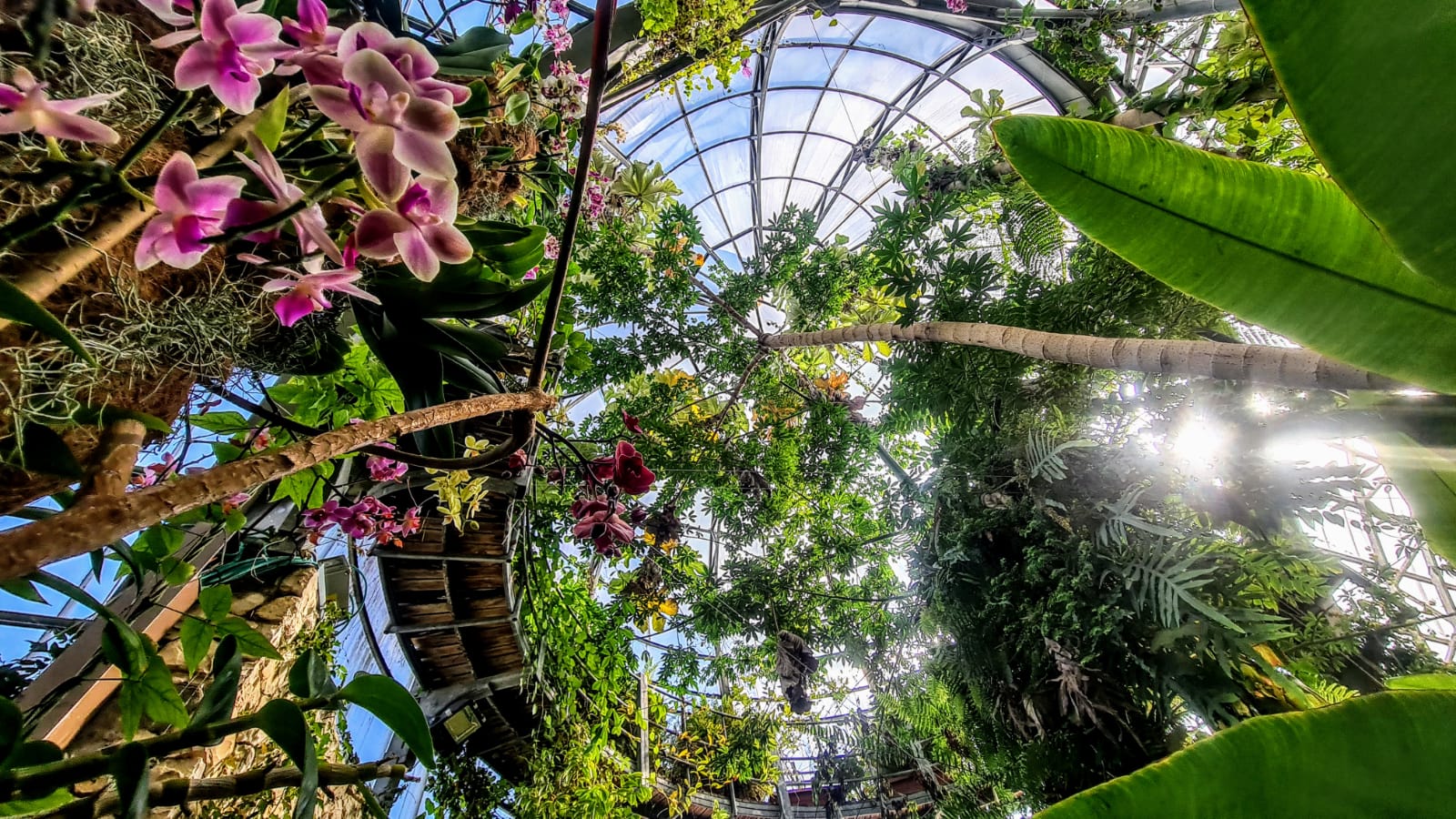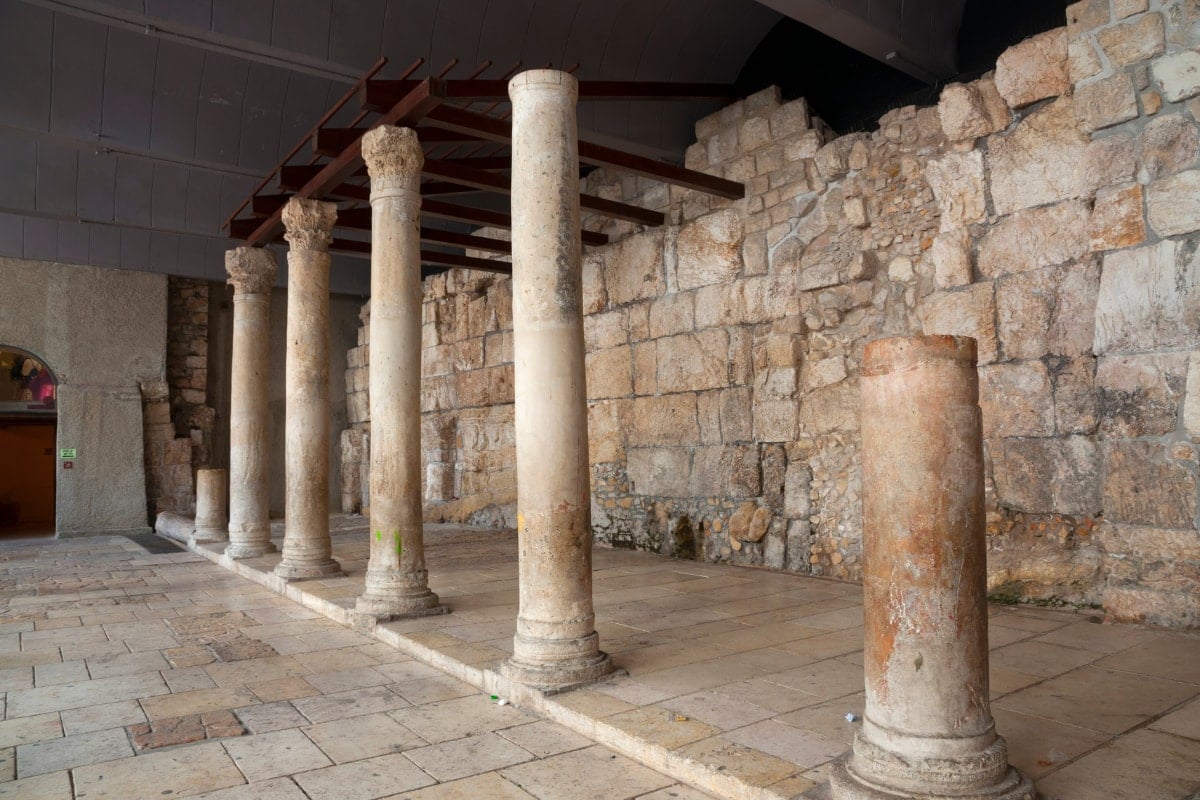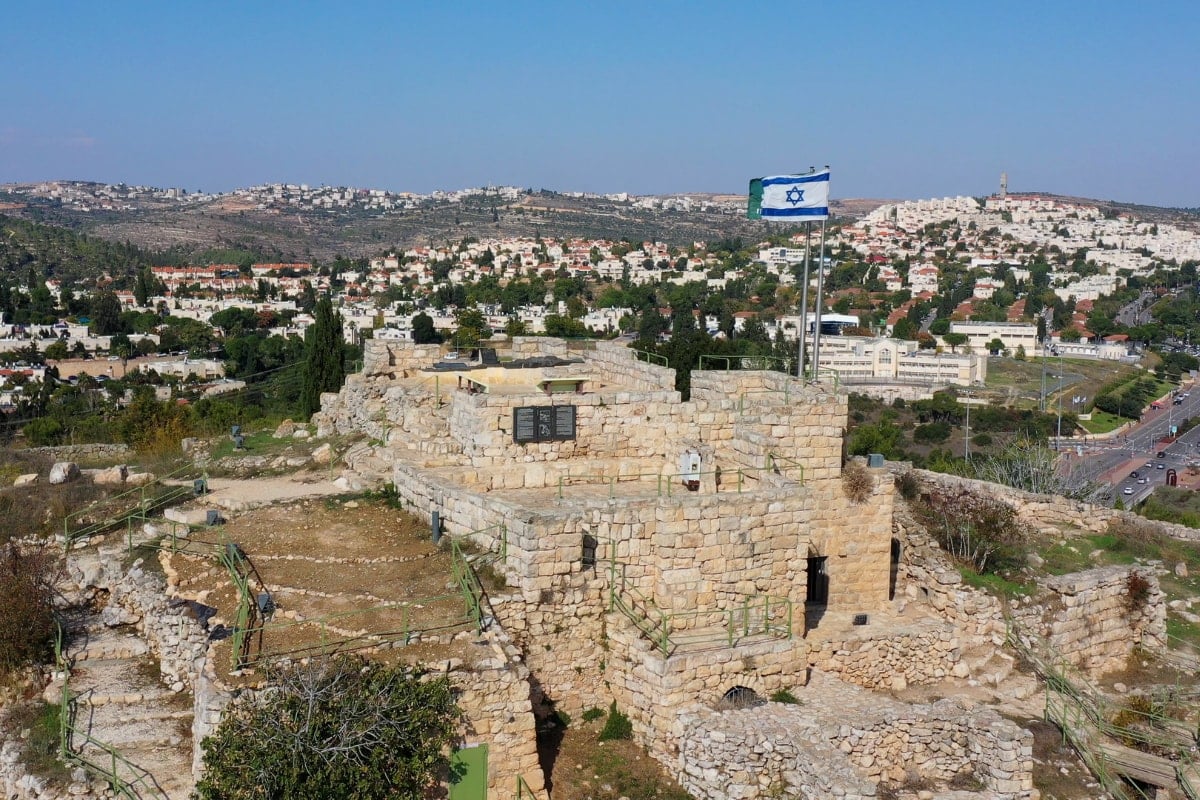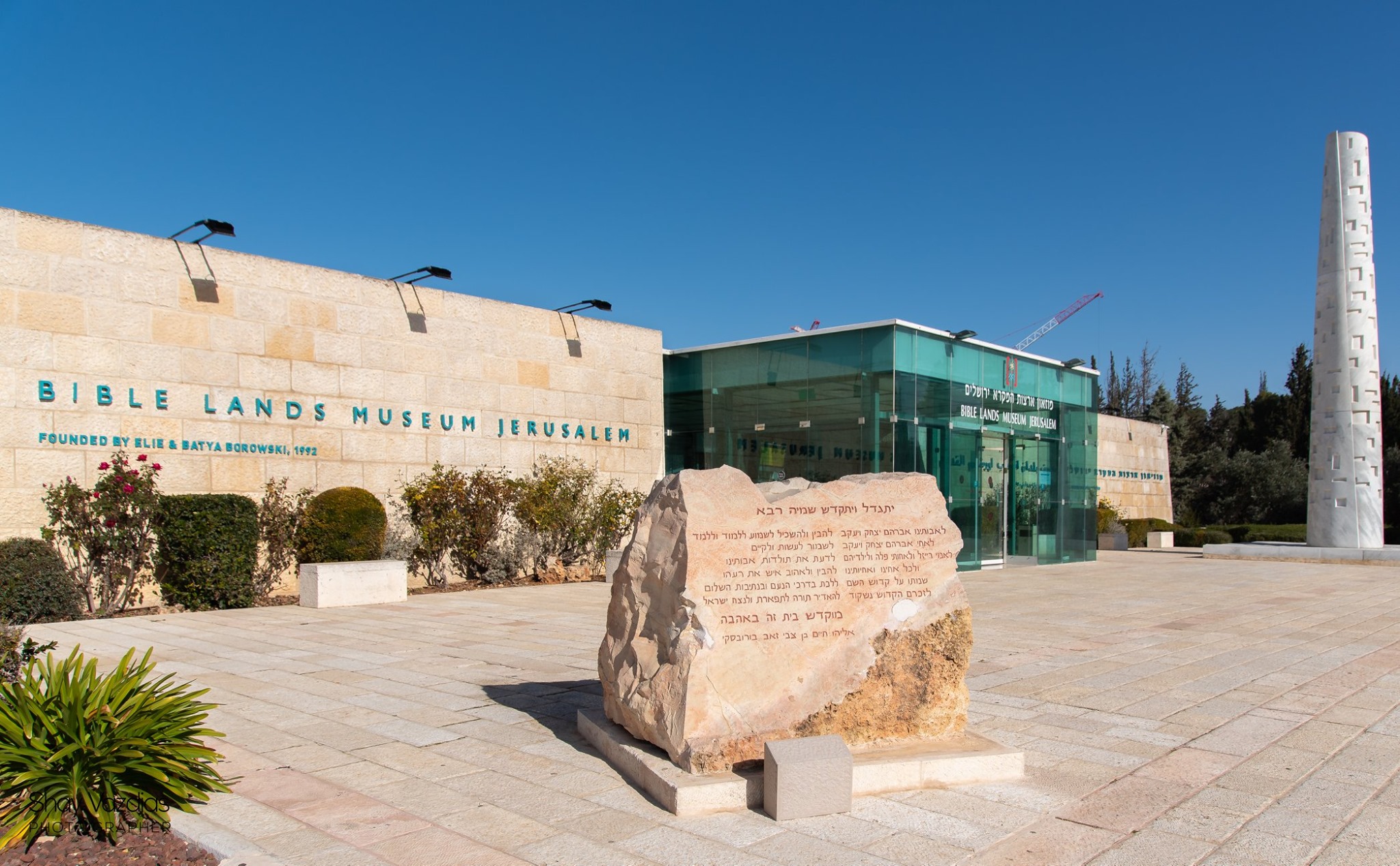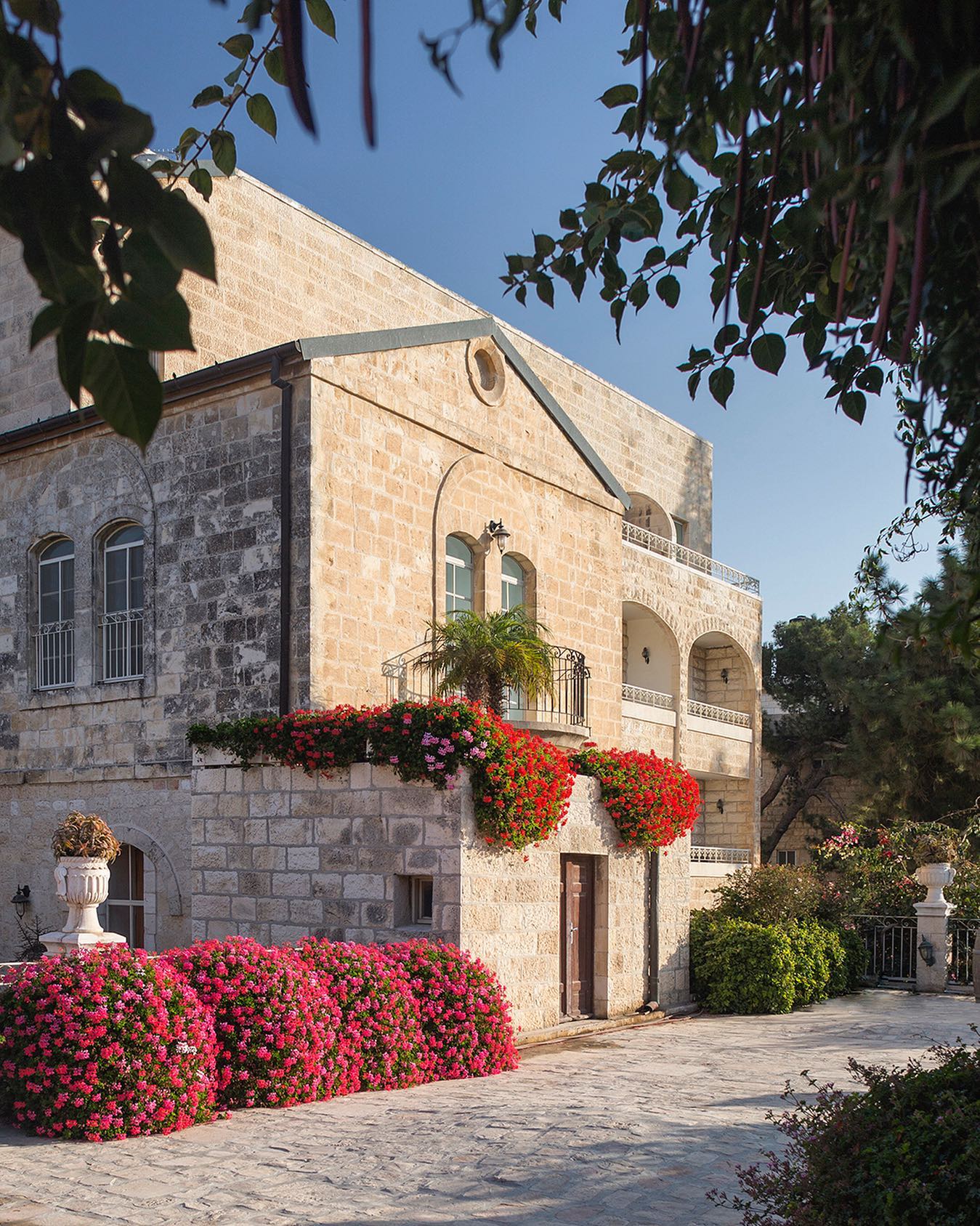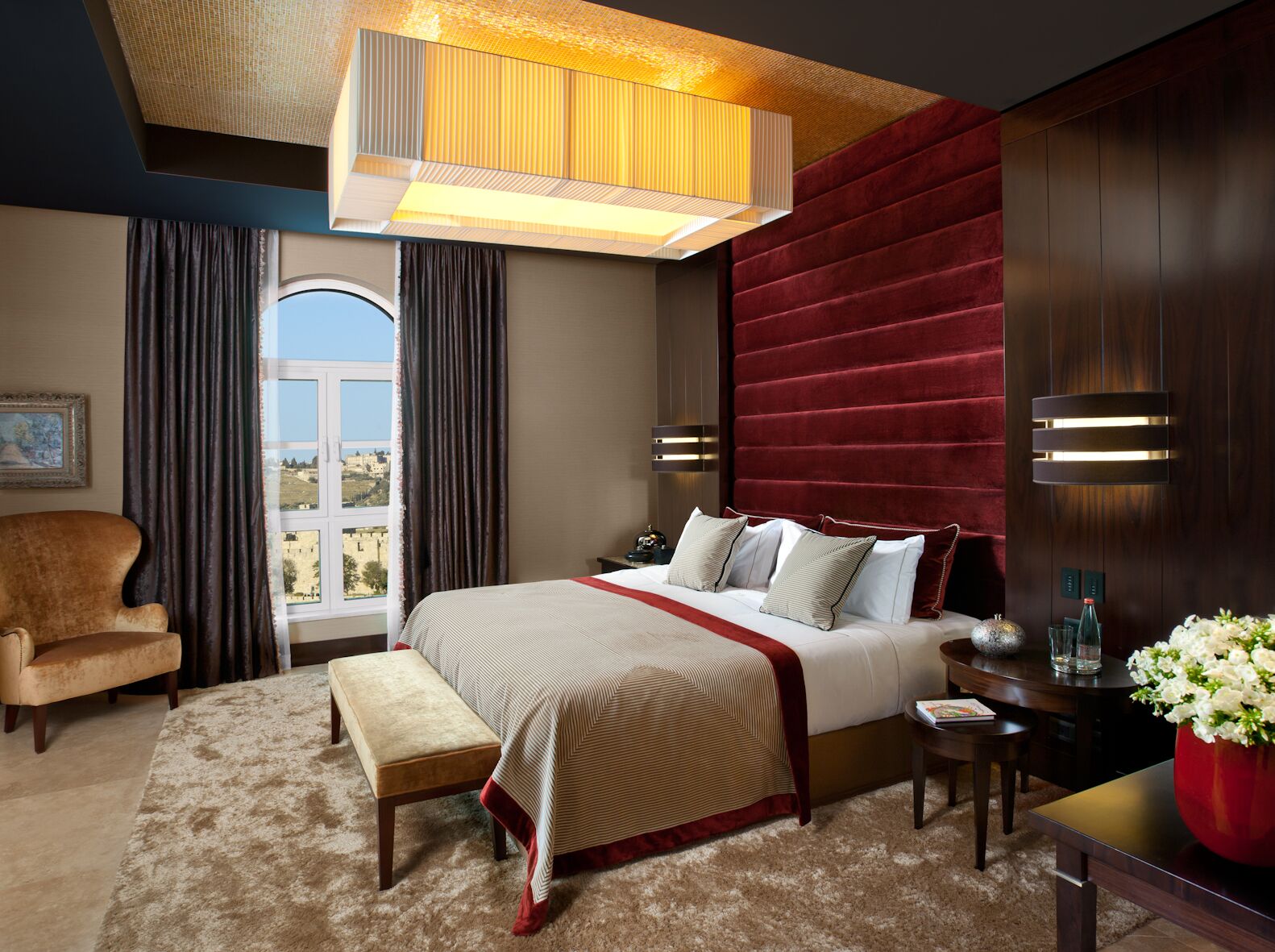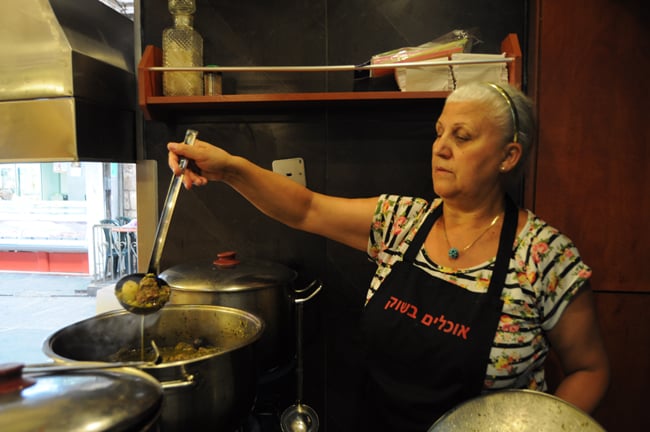The Mount of Olives is a mountain ridge east of and adjacent to Jerusalem’s Old City and was named after the olive groves that once covered its slopes. The southern part of the Mount was the Silwan necropolis, attributed to the ancient Judean Kingdom. The mount has been used as a Jewish cemetery for over 3,000 years and holds approximately 150,000 graves, making it central in the tradition of Jewish cemeteries. Several key events throughout Jesus’s life, as related in the Gospels, took place on the Mount of Olives. In the Acts of the Apostles, it is described as the place that Jesus ascended to heaven. Because of its association with both Jesus and Mary, the mount has been a Christian worship site since ancient times and is currently a major pilgrimage site for Catholics, the Eastern Orthodox, and Protestants. The top of the hill is occupied by At-Tur, a former village that is now a neighborhood of East Jerusalem.
Archives: Directory listings
Directory listings
Jerusalem Theater
The Jerusalem Theater (Hebrew: תאטרון ירושלים), which opened in 1971, is a center for the performing arts in Jerusalem, Israel. The complex consists of the Sherover Theater, seating 950 people, the Henry Crown Symphony Hall (home of the Jerusalem Symphony Orchestra), seating 750 people, the Rebecca Crown Auditorium, seating 450 people, and the Little Theater, seating 110 people. Additionally, rotating art exhibits are held in the main foyer and other locations throughout the building, while a restaurant and bookshop operate on the ground floor.
Jerusalem Botanical Gardens
The Jerusalem Botanical Gardens (JBG) is located in the Jerusalem neighborhood of Nayot, sitting on the southeastern edge of the Givat Ram campus of Hebrew University of Jerusalem. The garden is arranged in photographic sections, featuring flora of various regions around the world. The Jerusalem Botanical Gardens opened to the public in 1985. The tropical conservatory opened in 1986, while the South African segment was planted in 1989. The Hank Greenspan Entrance Plaza, Dvorsky Visitors’ Center, and restaurant were built in 1990. The garden’s Japanese wing contains over 150 bonsai trees, the largest concentrated collection of bonsai trees in the world. Additionally, birdwatchers have identified 46 species of birds that visit the Gardens throughout the year. Photo Credit: Jerusalem Botanical Gardens
The Cardo
The Cardo was a north–south–oriented street in Roman cities, military camps, and colonies. It was an integral component of city planning, lined with shops and vendors, and served as a hub of economic life. The main cardo was called ‘Cardo Maximus’. Most Roman cities additionally contained a Decumanus Maximus, an east-west street that served as a secondary main street. Generally, the Cardo Maximus served as the primary road. However, due to varying geography, Decumanus was sometimes considered the main street, while the Cardo was considered secondary. The Forum was normally located at the intersection of the Decumanus and the Cardo. The Cardo was the “hinge” or axis of the city, derived from the same root as cardinal. The main street of Crusader Jerusalem went from Nabelus gate (St. Stephan) to Zion gate, to the Holy Seplecure area. Here, they divided the Cardo into three different markets: the covered market, the spice market, and the bad cooking market. This occurred under the reign of Queen Melisinda, who was the current Queen of Jerusalem.
Castel National Park
Castel National Park (גן לאומי קסטל) is an Israeli national park consisting of a fortified summit. It is located in the Judean Mountains in the former Arab village of Al-Qastal. It is located 8 km west of Jerusalem, connecting to a road leading to Tel Aviv (Highway 1). The site is mostly known as the place of the key battles of Operation Nachshon, which were held in April 1948 during the 1948 Arab–Israeli War. Fierce battles that claimed many lives took place there as Arabs and Jews fought for control of the site, which overlooked the main Tel Aviv-Jerusalem highway. The Castel exchanged hands several times in the course of the fighting. The tides turned when the revered Arab commander, Abd al-Qadir al-Husayni, was killed. Many Arabs left their positions to attend al-Husayni’s funeral at the Al-Aqsa Mosque on Friday, April 9th. That same day, the Castel fell to the Israeli forces, virtually unopposed. The national park includes a memorial for the Israeli soldiers who died there. In 1980, Yitzhak Yamin designed a monument to honor these fallen soldiers. Additionally, there is a memorial representing the convoys who attempted to break through the blockade of Jerusalem.
Bible Lands Museum
The Bible Lands Museum is an archaeological museum in Jerusalem, Israel, that explores people mentioned in the Bible and their cultures. These include but are not limited to ancient Egyptians, Canaanites, Philistines, Arameans, Hittites, Elamites, Phoenicians, and Persians. The museum aims to put various people covered into a historical context. The museum is located on Museum Row in Givat Ram, between the Israel Museum, The National Campus for the Archaeology of Israel, and the Bloomfield Science Museum.
The American Colony Hotel
Discover Timeless Elegance at The American Colony, Jerusalem
The American Colony Hotel in Jerusalem is not just a luxurious stay—it’s a voyage through time and culture. Steeped in historical significance, this landmark hotel captures the essence of the city’s rich past through its pristine Ottoman architecture and design, exuding an elegance that has gracefully withstood the test of time. The moment you step inside, you’re welcomed by a blend of antique charm and modern comforts, accented by verdant gardens and tranquil courtyards which invite you to unwind and reflect in a serene oasis amidst the bustling city.
The strategic location of The American Colony places you at the crossroads of Jerusalem’s colorful tapestry of life. Beyond the bounds of its storied walls lies a city teeming with ancient sacred sites, buzzing marketplaces, and culinary delights, all within walking distance. The hotel’s amenities cater to every need, interlacing luxury with practicality—a testament to its commitment to providing an unparalleled cultural experience. Whether lounging in the sumptuous rooms, savoring the local and international cuisine in the hotel’s restaurants, or exploring its art-lined halls, your stay at The American Colony is more than mere accommodation; it’s an immersive journey into the soul of Jerusalem.
King David
King David Hotel: A Timeless Stay in the Heart of Jerusalem
A multi-award-winning hotel, the King David Hotel is one of the most popular places to stay in Jerusalem. Known for its luxury and 90-year history, the hotel prides itself on offering an exceptionally high standard of customer service and accommodations. Located just a few minutes away from the Old City, the hotel is an ideal base for travelers looking to see the major landmarks during their stay.
Every guestroom and suite is meticulously designed with all the comforts you would imagine from a luxury hotel – and more. Orante and historic with gold accents at every turn, the hotel offers a luxurious stay to every guest, including the likes of international leaders and celebrities. Natural light floods throughout the hotel, enhancing the welcoming atmosphere that makes every guest feel right at home. The sprawling grounds surrounding the hotel include a magnificent pool and lush gardens. Whether you’re sipping coffee on the terrace or strolling through its grand halls, every moment here feels like stepping into the past.
The King David Hotel is best suited for business travelers, families, couples, and small groups. If you’re celebrating a special occasion or looking for an exceptional hospitality experience, this historic hotel is a perfect fit. A stay at the King David Hotel writes you into part of the hotel’s enduring legacy.
Ochlim B’Shuk
11 years ago, Naomi and Aharon opened Ochlim B’Shuk in the center of the Jerusalem market, Machne Yehuda, where around the clock there are pots steaming on kerosene burners. Everyday, there are at least thirty different pots brewing on the stovetop at this local hotspot, and upon opening each pot, one will be introduced to a different world of the explosive flavors of Syrian and Persian food.
Tahini’s Hummus
The Tahini hummus family was born in Sderot, in 2010, out of a need we identified in our areas in the south, in the Gaza Envelope – an area where we were born and lived all our lives. The need was for a pleasant and homey meeting place, where you can by chance (or not by chance …) encounter a familiar face, eat a delicious, nutritious meal and at a fair price. We are encouraged to do it a little differently, with the understanding that the place is the people within it and the experience we will give is created in every meeting we have with you – as guests in our home.
The restaurant in Sderot was a great start but after two years of investment, growth and success we expanded the store and now have locations in Beersheba, the capital of the Negev, as well as Jerusalem and Tel Aviv.
We offer popular, comforting, fresh and pampering food for all and have many vegan-friendly dishes as well. On the menu is a variety of hummus dishes with toppings, crispy fries, green falafel and perfect vegetable salad chopped fresh each day. Everything is made fresh every day in our kitchen with lots of love. Of course, our desserts are also homemade, the beer is excellent and there is also arak!
